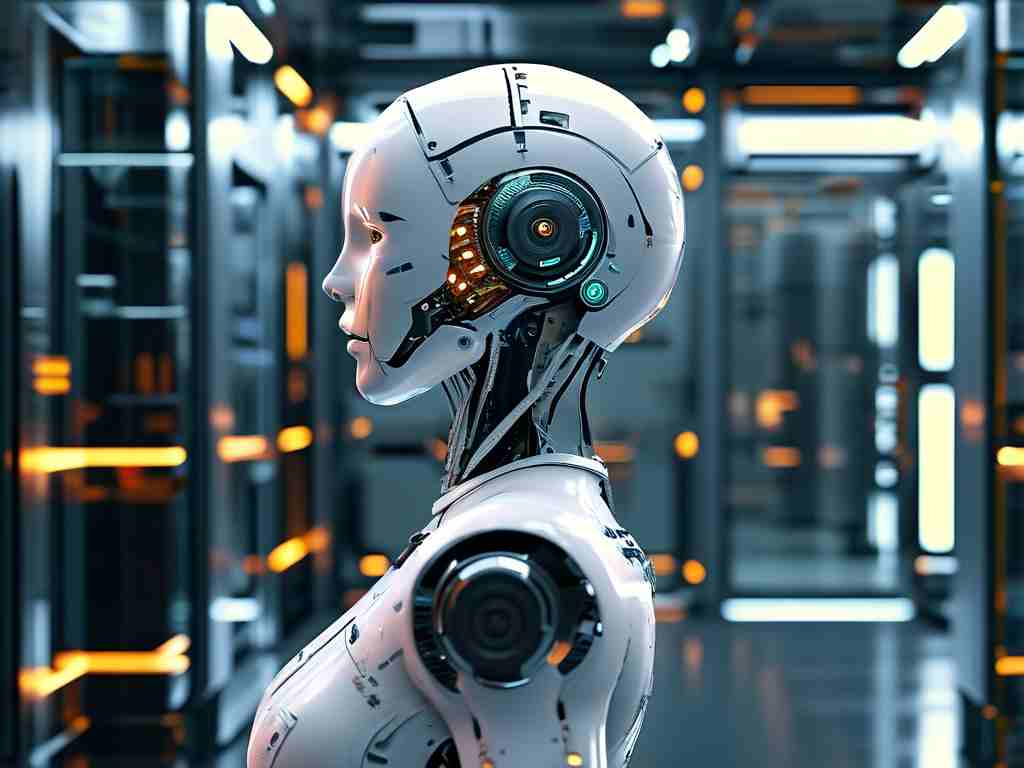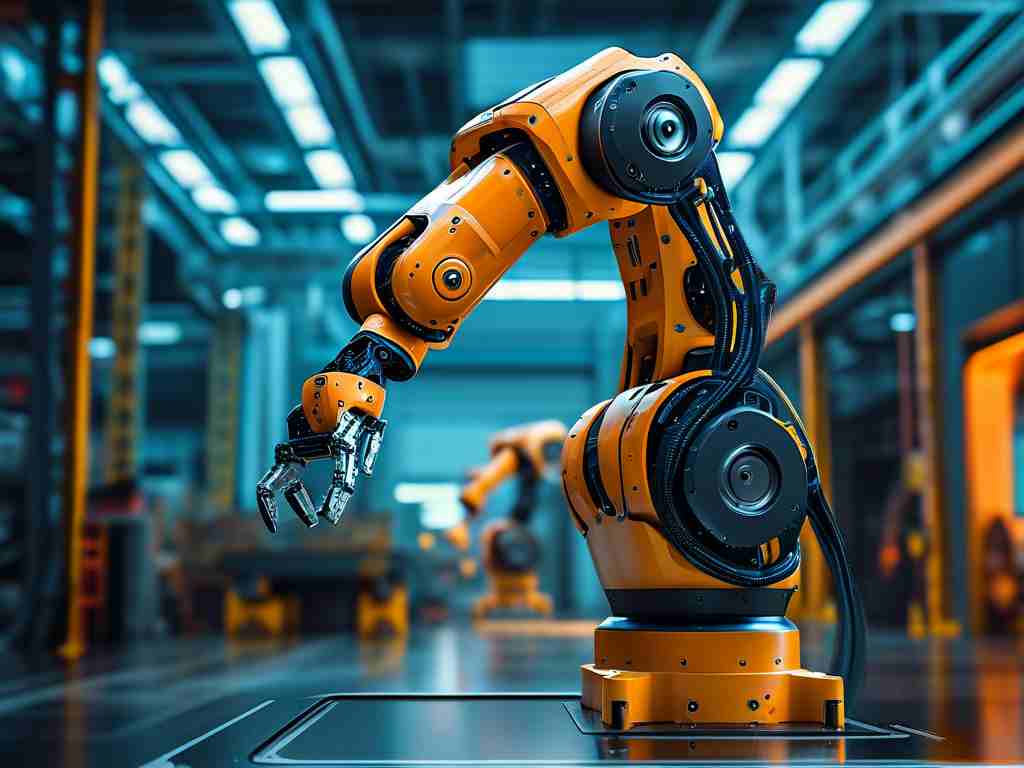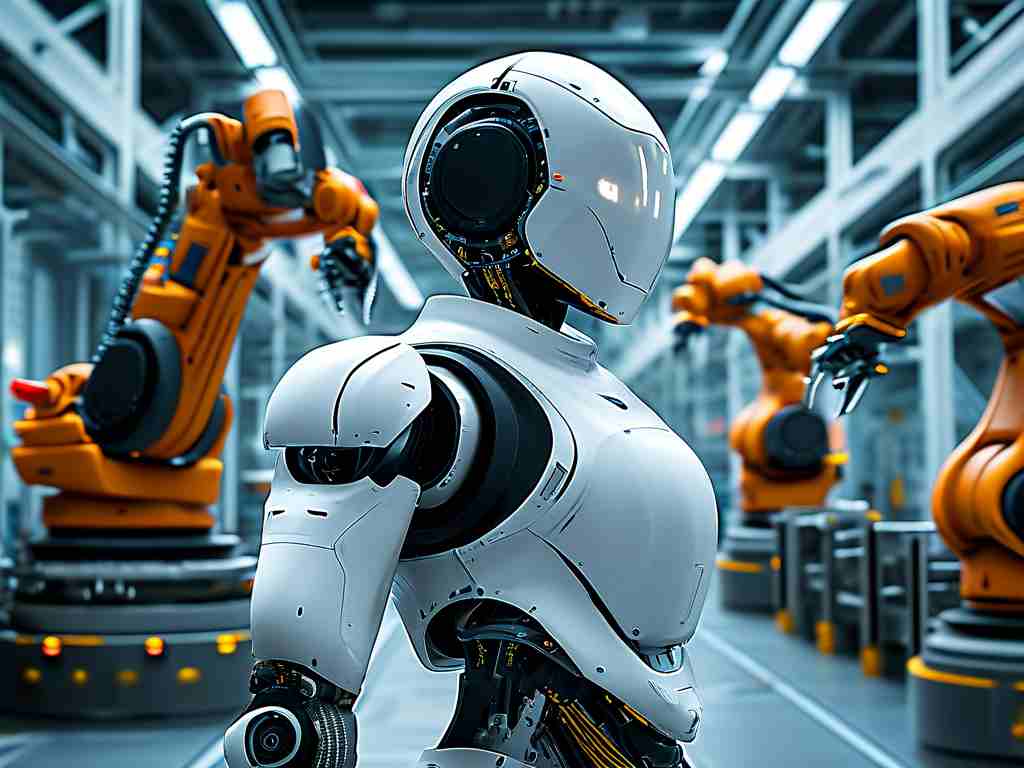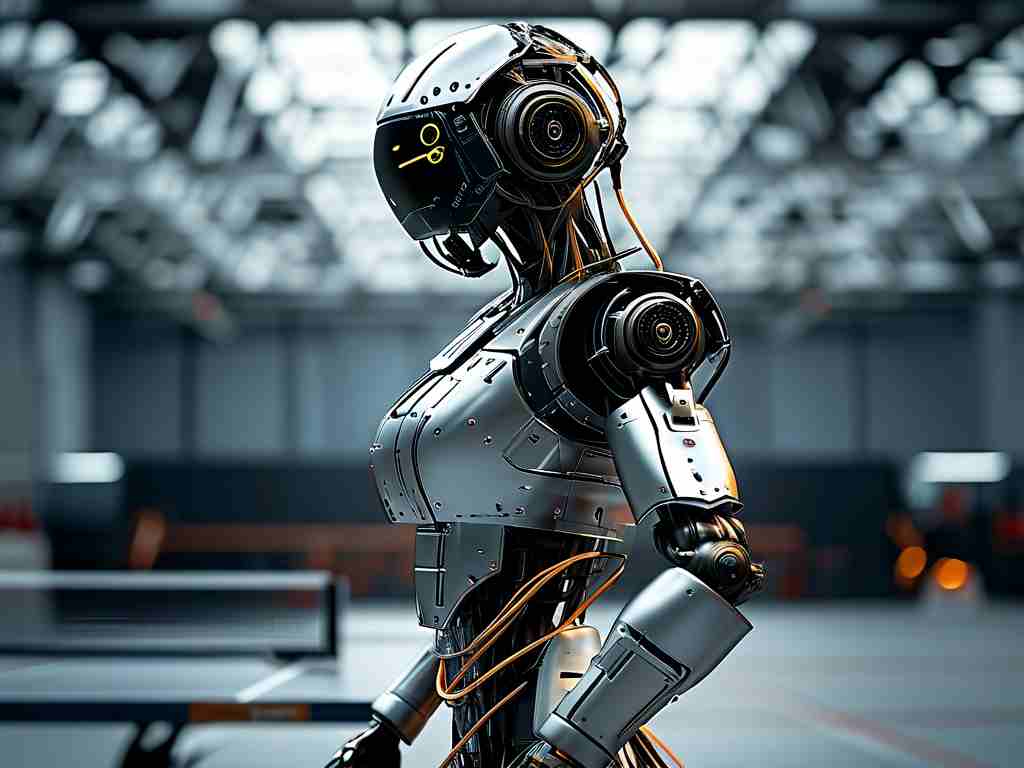The emergence of intelligent tea-picking robots marks a revolutionary shift in agricultural automation. Combining advanced machine vision, precision robotics, and adaptive AI algorithms, these machines are redefining traditional tea cultivation practices. At the heart of their operation lies multispectral imaging technology capable of identifying tea shoots with 98.7% accuracy, even under variable lighting conditions.
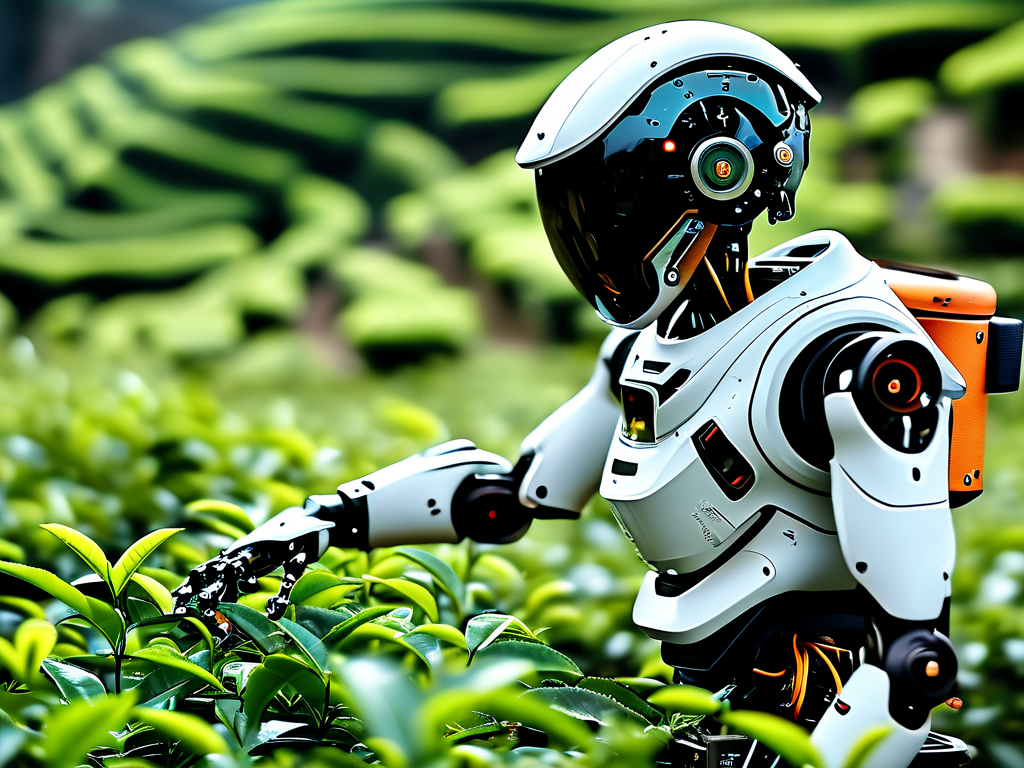
A critical innovation is the patented "Tendril-Sensing Gripper" mechanism. Unlike conventional robotic arms, this three-fingered end-effector integrates tactile feedback sensors and flexible silicone pads to mimic human fingertips. During field trials in Zhejiang Province, the gripper demonstrated 0.02mm precision in stem diameter measurement while maintaining a picking speed of 1.2 leaves per second – comparable to skilled human workers.
Navigation systems present unique challenges in uneven tea fields. The latest models employ hybrid SLAM (Simultaneous Localization and Mapping) technology combining LiDAR and visual odometry. This allows real-time terrain adaptation, with robots automatically adjusting wheel torque distribution when encountering slopes up to 25 degrees. During rainy seasons, waterproof ultrasonic sensors activate to detect hidden obstacles beneath tea bushes.
Energy efficiency remains a key focus. Solar-powered models from Hangzhou RoboTech feature foldable photovoltaic panels that charge during daylight operations. At night, the system switches to hydrogen fuel cells, enabling 72-hour continuous operation – crucial during peak harvest periods.
Machine learning algorithms process data from over 14,000 tea varieties in the cloud-based "Phoenix Tea Database." This enables real-time quality assessment, with robots categorizing leaves into eight grades based on shape, color, and trichome density. In Fujian's oolong plantations, this technology reduced sorting errors by 43% compared to manual methods.
Despite progress, technical hurdles persist. The delicate nature of white tea buds requires pressure-sensitive manipulation below 0.15N – a threshold current prototypes struggle to maintain consistently. Researchers at Nanjing Agricultural University recently developed a biomimetic suction cup array that gently lifts leaves without compression damage, showing promise in preliminary tests.
Economic implications are significant. A single robot can replace 3-5 human pickers while reducing harvest waste by 18%. However, the $45,000 unit cost remains prohibitive for small-scale growers. Leasing models and government subsidies are emerging as potential solutions, with Yunnan Province offering 40% equipment rebates through their "Smart Plantation Initiative."
Environmental benefits extend beyond labor savings. Precision picking minimizes soil compaction compared to traditional group harvesting, preserving root structures. Some models even integrate pest detection modules that apply targeted biocontrol agents, reducing pesticide use by up to 60%.
Looking ahead, 6G-enabled swarm robotics could transform large plantations. Early prototypes demonstrate coordinated harvesting through mesh networks, with drones mapping crop density to optimize robot deployment. This system achieved 92% field coverage efficiency during trials in Sri Lanka's highland estates.
As the technology matures, ethical considerations emerge. While boosting productivity, widespread adoption may disrupt rural economies dependent on seasonal tea labor. Industry leaders emphasize the need for workforce retraining programs alongside technological deployment.
The convergence of agronomy and robotics continues to accelerate. With global tea demand projected to grow 4.6% annually through 2030, intelligent harvesting systems may soon become indispensable tools for maintaining both quality and sustainability in this ancient industry.


